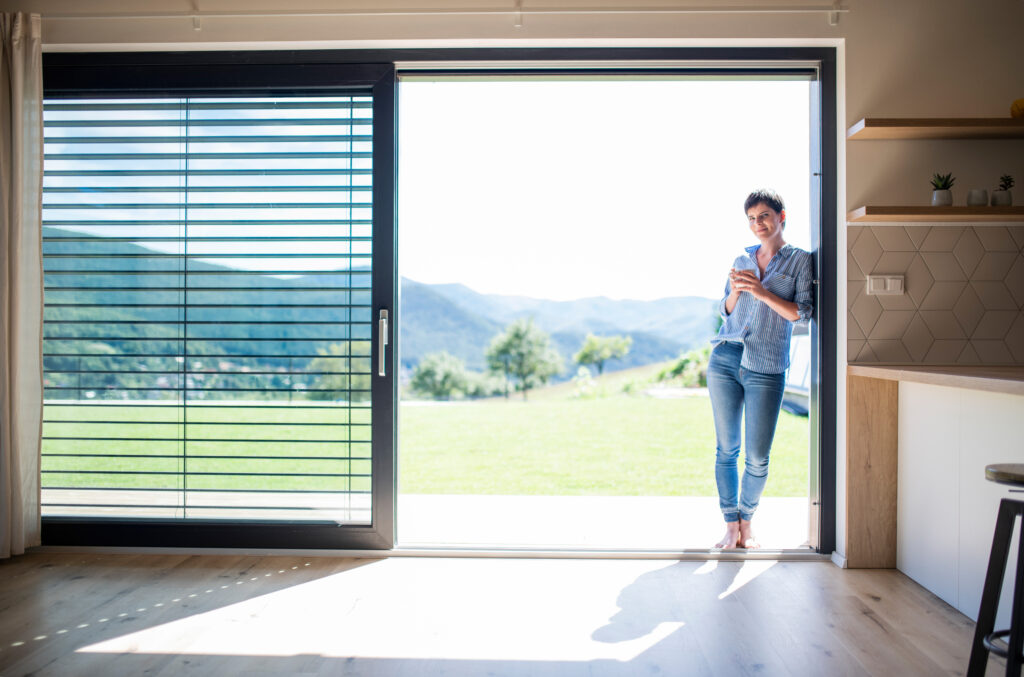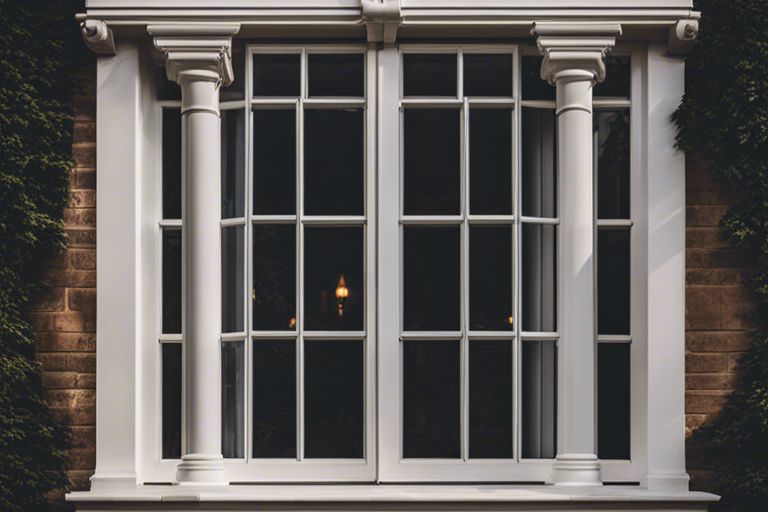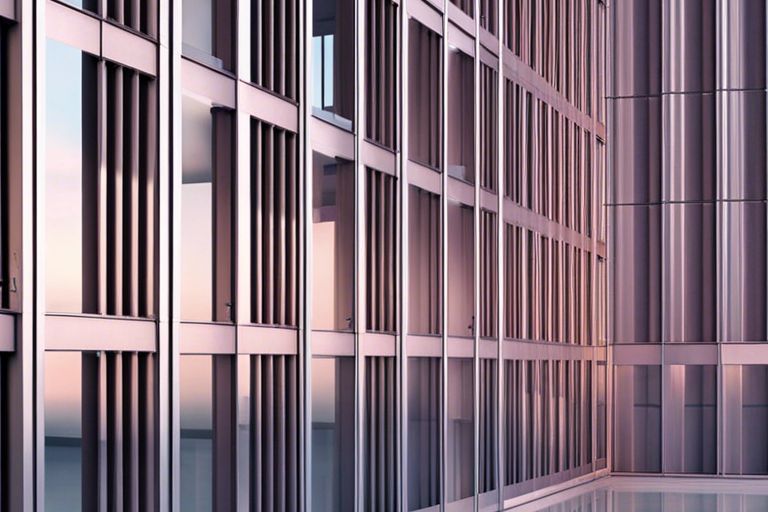When it comes to modern architectural design, curtain wall glazing plays a crucial role in both aesthetics and functionality. This innovative type of facade system allows for vast expanses of glass, providing buildings with natural light and stunning views. However, it’s essential to understand the intricacies and considerations involved in the design and installation of curtain wall glazing to ensure its effectiveness and safety. From thermal performance to structural integrity, this blog post will explore into the importance of proper engineering, weatherproofing, and maintenance practices for curtain wall glazing. Stay tuned to discover key insights into this fundamental aspect of modern architecture.
Key Takeaways:
- Enhanced Thermal Performance: Curtain wall glazing can offer improved thermal insulation, reducing energy consumption and costs.
- Aesthetic Versatility: With various designs, colours, and finishes, curtain wall glazing allows for a stylish and modern building appearance.
- Structural Integrity: Provides support to the building structure, weather protection, and can enhance natural light penetration.
Design and Aesthetics
When it comes to the design and aesthetics of curtain wall glazing, it plays a crucial role in defining the overall look and feel of a building. Curtain wall systems with glazing provide architects with a wide range of design possibilities, making them an essential element in modern architectural projects. From sleek and minimalistic designs to striking and unique patterns, the use of curtain wall glazing allows for innovative and eye-catching facades.
Glass Properties and Varieties
Glass properties and varieties are important considerations when designing curtain wall glazing. Choices such as tinted, reflective, or low-iron glass can impact not only the aesthetics but also the performance of the building. Different types of glass offer varying levels of insulation, solar control, and privacy, allowing architects to tailor the glazing to meet specific project requirements.
Additionally, specialised glass options such as double or triple glazing, self-cleaning coatings, and acoustic laminates can further enhance the performance of the curtain wall system. These advanced glass technologies not only improve energy efficiency and occupant comfort but also contribute to the overall sustainability of the building.
Integration with Building Design
Integrating curtain wall glazing with the building design is crucial for creating a harmonious and visually appealing facade. The seamless integration of glass panels with the surrounding architecture can enhance the aesthetic value of the building and create a sense of unity between the interior and exterior spaces. Architects must carefully consider factors such as scale, proportion, and detailing to ensure that the curtain wall glazing complements the overall design vision.
By incorporating innovative structural solutions and architectural features, such as mullions, fins, or customised frame profiles, architects can create unique and captivating curtain wall designs that stand out in the urban landscape. The integration of curtain wall glazing with building design not only enhances the visual impact of the structure but also improves natural daylighting, thermal performance, and overall building efficiency.

Technical Aspects
Structure and Support Systems
When it comes to curtain wall glazing, the structure and support systems play a critical role in ensuring the stability and integrity of the entire system. The design must take into account factors such as wind loads, building movement, and thermal expansion. Structural engineers work closely with architects to develop support systems that can withstand external pressures and keep the glazing securely in place.
Common support systems for curtain wall glazing include mullions, transoms, brackets, and anchors. These components not only provide structural support but also contribute to the overall aesthetic of the building facade. Proper installation and maintenance of these support systems are essential to prevent any safety hazards or performance issues.
Thermal Performance and Energy Efficiency
Another crucial aspect of curtain wall glazing is its thermal performance and energy efficiency. The choice of materials, glazing configuration, and installation technique can greatly impact the building’s energy consumption and indoor comfort levels. High-performance glazing units with low U-values and solar heat gain coefficients can help reduce heat loss in winter and heat gain in summer.
Additionally, incorporating features such as thermal breaks, insulated spacers, and air seals can further enhance the thermal performance of curtain wall systems. By reducing energy usage for heating, cooling, and lighting, buildings can lower their carbon footprint and operating costs.
It is worth noting that the thermal performance and energy efficiency of curtain wall glazing can be certified through third-party rating systems such as BREEAM or LEED. These certifications provide an objective assessment of a building’s environmental impact and can help developers, architects, and occupants make more informed decisions.

Installation and Maintenance
Installation Techniques
When it comes to installing curtain wall glazing, there are several techniques that are commonly used in the industry. The two most popular methods are the “stick” system and the “unitised” system. In the stick system, individual components are assembled piece by piece on site, offering more flexibility but requiring more time. On the other hand, the unitised system involves pre-assembled panels that are installed as complete units, saving time and labour costs.
Another important aspect of the installation process is the sealant used to weatherproof the joints between the glazing panels. It is crucial to use a high-quality sealant that is compatible with the materials being used and offers long-lasting protection against water infiltration and air leakage. Proper installation techniques can significantly impact the performance and longevity of the curtain wall glazing system.
Maintenance and Longevity Considerations
Ensuring the longevity of curtain wall glazing requires regular maintenance and inspections. This includes checking the sealant joints for any signs of deterioration or damage, as well as cleaning the glass panels to maintain their appearance and functionality. Regular maintenance can help prevent costly issues such as water leaks or air infiltration, which can lead to mould growth and decrease the energy efficiency of the building.
It is also important to consider the environmental factors that can affect the longevity of curtain wall glazing, such as exposure to UV radiation, temperature fluctuations, and harsh weather conditions. Choosing durable materials and implementing a proactive maintenance schedule can help to extend the lifespan of the glazing system and ensure its continued performance over time.

Innovations and Trends
Advancements in Glazing Technology
The field of glazing technology has witnessed significant advancements in recent years, revolutionising the way curtain wall systems are designed and implemented. One of the most important innovations is the development of smart glass, also known as switchable glass, which can alter its transparency based on external conditions such as light and heat. This technology not only enhances energy efficiency by regulating solar heat gain but also provides occupants with greater control over their indoor environment.
Another dangerous yet revolutionary advancement is self-healing glass, which has the ability to repair minor scratches and cracks automatically. This positive development can significantly reduce maintenance costs and prolong the lifespan of curtain wall glazing systems, ensuring long-term durability and aesthetic appeal.
Future Directions in Curtain Wall Design
Looking ahead, the future of curtain wall design is headed towards innovative solutions that blend sustainability with aesthetics. The integration of photovoltaic technology directly into glass panels offers a promising avenue for generating renewable energy while maintaining the visual appeal of the building facade. Additionally, advancements in nanotechnology are paving the way for exciting developments in self-cleaning glass, reducing the need for manual cleaning and maintenance.
As one of the key trends shaping the future of curtain wall design, the incorporation of dynamic glazing systems that can adjust their tint based on external factors is gaining popularity. This not only enhances occupant comfort by reducing glare and heat but also contributes to overall energy savings by optimising natural light penetration.
FAQ
Q: What is curtain wall glazing?
A: Curtain wall glazing is a non-structural outer covering of a building that is designed to keep out weather elements such as rain and wind while allowing light to enter the building.
Q: What are the benefits of using curtain wall glazing?
A: Curtain wall glazing provides buildings with an aesthetically pleasing appearance, enhances natural light, improves energy efficiency, and allows for larger spans of uninterrupted glass for unobstructed views.
Q: How is curtain wall glazing installed and maintained?
A: Curtain wall glazing is installed by attaching glass panels to the building structure using framing systems. Regular maintenance involves cleaning the glass panels, inspecting for any damage or leaks, and ensuring that the seals and gaskets are intact to maintain the performance of the system.






